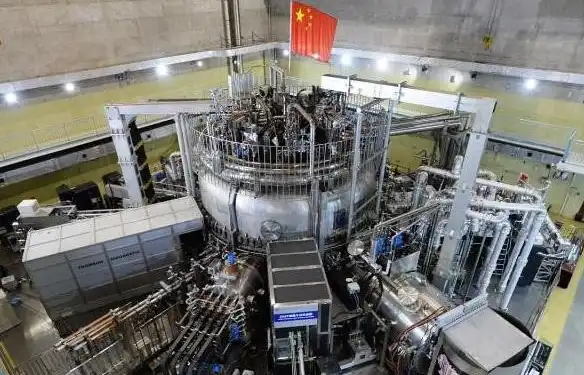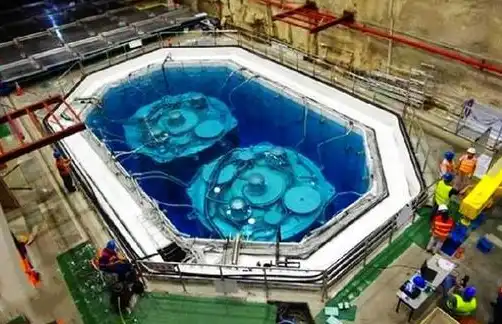China's new nuclear energy breakthrough, Venus 2, attracts global competition
With the rapid development of science and technology, China has now reached the forefront of world science and technology. From the first flight of the J-20 fighter jet to the successful launch of the Shenzhou XII manned spacecraft, China continuously writes new glorious chapters in the field of science and technology.
Among these remarkable scientific achievements, one cutting-edge technology has drawn global attention: China's major breakthrough in nuclear energy—the "Morning Star 2."

Since World War II, nuclear energy has become available to mankind, offering both destructive military power and clean, efficient civilian applications. How to safely and efficiently utilize nuclear power has been a major challenge for scientists worldwide.
The shadows of the Chernobyl and Fukushima nuclear accidents loom large in collective memory, serving as a sobering reminder of the need for extreme caution in the deployment of nuclear energy.
Against this backdrop, the advent of "Morning Star 2" has undoubtedly brought new hope to the global use of nuclear energy. It not only greatly improves the utilization rate of nuclear fuel, but more importantly,
It can effectively recycle nuclear waste, solving the nuclear waste treatment problem that has plagued people for a long time.
The radioactive substances contained in nuclear waste can pose a great threat to the environment and human health if not handled properly.
Not only can the lead cooling material contained in "Dawn-2" make nuclear waste lose its radioactivity, it can also achieve secondary use, which truly maximizes the utilization of resources.

Such a revolutionary technology has naturally aroused the great interest of all countries in the world.
Japan, a country with a wealth of experience in the nuclear energy sector, was the first to offer a hefty purchase price of 300 billion. In response to Japan’s sincerity, China firmly declined.
The United States then became undeterred, and offered double the price in the hope of obtaining this technology. However, China remained steadfast in its position, once again not being moved.
This series of rejections undoubtedly demonstrates China's confidence and responsibility in the field of science and technology. We are deeply aware that once nuclear-related technologies are leaked or misused, the consequences will be catastrophic.
Therefore, we must maintain a cautious attitude, and resolutely uphold the security and stability of the nuclear environment.
In the meantime, we cannot help but give Chinese technological strength a thumbs up. From the initial imitation to today's independent innovation, Chinese technology is gradually realizing a gorgeous transformation from following to leading. The successful development of "Venus 2" is a vivid embodiment of this transformation.

Historically, we have been subject to technology blockades and sanctions; but today, we are capable of implementing technological counter-blockades in certain fields.
It is not only a strong demonstration of our country's technological prowess to the outside world but also an internal boost to our national confidence and pride.
Looking ahead, we expect to see more "guiding stars" illuminating the path forward for Chinese science and technology.
May the world's nations join hands to promote the development of nuclear energy technology, creating a better tomorrow for mankind.
China's hour has come, with both a nod to the past and an eye to the future
On the path of scientific and technological progress, we will continue to forge ahead, scaling new heights and contributing more Chinese wisdom and strength to the advancement of human civilization.
